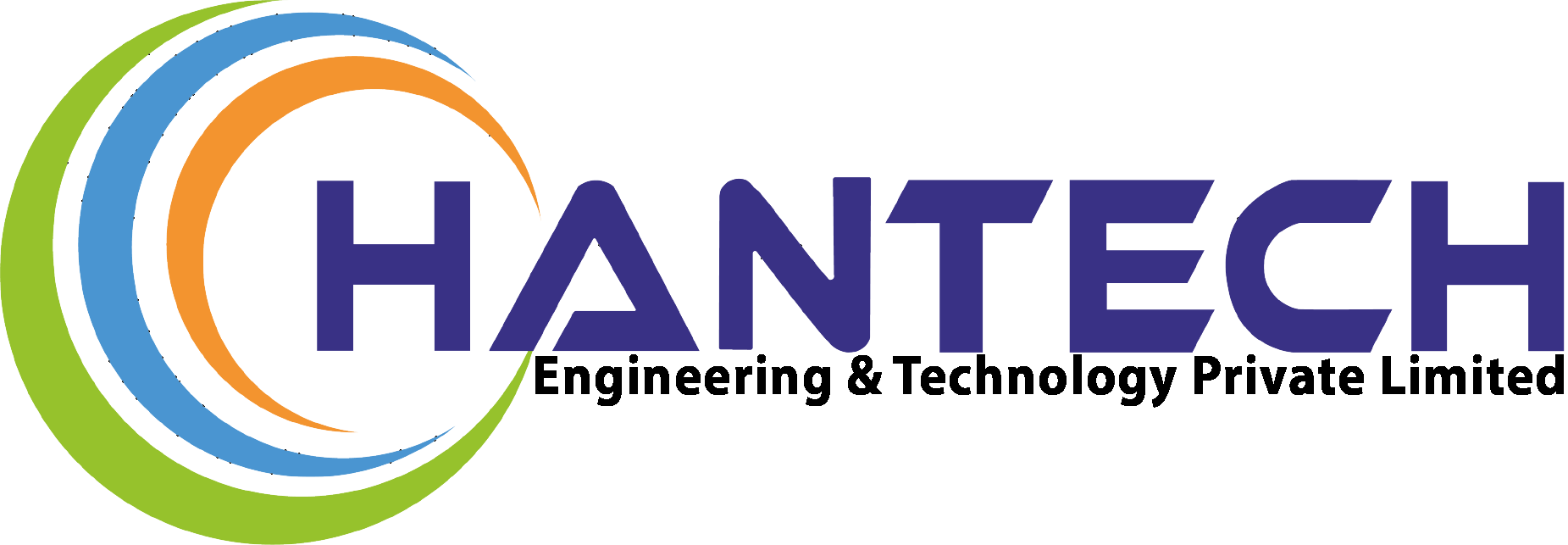Photogrammetry is a remote sensing technique that involves extracting geometric information about objects or the Earth’s surface from photographs. It utilizes overlapping images taken from different perspectives to measure and interpret the shape, size, and position of objects in three-dimensional space. Photogrammetry is widely used in mapping, surveying, and 3D modeling, providing accurate and detailed spatial data.
AERIAL TRIANGULATION:
- Aerial Triangulation establishes relative positions using overlapping aerial images.
- Essential for map production by determining correct image positions and orientations.
- Project details include flight lines, boundaries, control points, and technical specifications.
TOPOGRAPHIC / PLANIMETRIC MAPPING:
- Planimetric maps show horizontal positions without relief features.
- Vital for monitoring and planning activities, using various data sources.
- Planimetric includes CAD and digital terrain models (DTMs).
DEM/DTM / CONTOUR GENERATION:
- DTM/DEM services, representing the Earth’s surface in 3D.
- DTM distinguishes bare-Earth elevation, excluding vegetation and structures.
- Conversion from digital surface model (DSM) to DTM enhances ortho rectification results.
TRUE ORTHOPHOTO / ORTHOPHOTO GENERATION / MOSAICKING / TILING:
- A high-resolution aerial image that has been corrected for perspective and scale, providing an accurate and detailed representation of the ground surface.
- Digital surface model (DSM)
- Digital terrain model (DTM)
- GeoTIFF files
- KMZ or KML files
3D CITY AND FEATURES MODELING
- Digital representation of Earth’s surface and urban objects.
- Services include GIS, CAD, BIM data integration, visualization, and building reconstruction.


